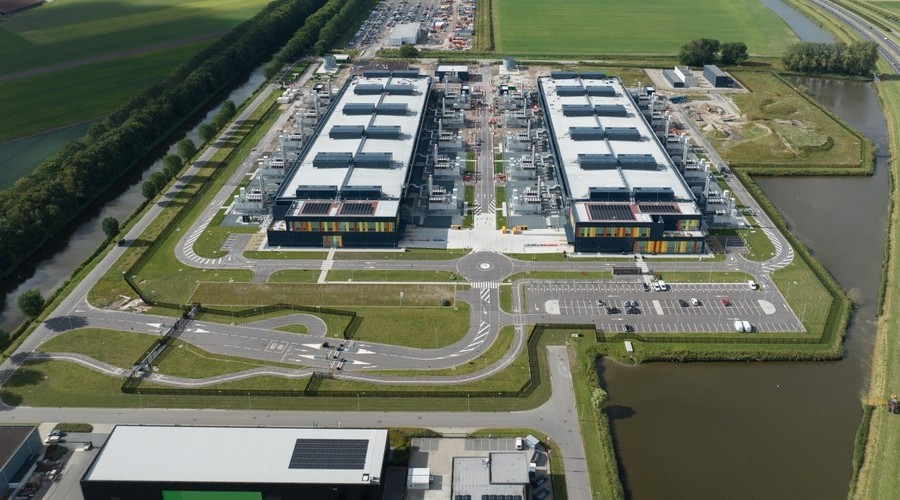“Build, baby, build.” That phrase perfectly captures the energy fueling America’s AI boom.
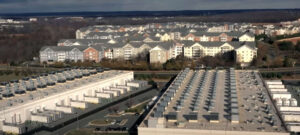
In 2025 alone, Amazon, Meta, Microsoft, and Google are expected to spend roughly $320 billion on capital expenditures—most of it going toward building out AI infrastructure, according to Business Insider’s analysis of company financial statements.
At the center of this expansion are data centers—massive facilities that house the specialized hardware and ultra-fast networks powering large language models and other advanced AI tools. And as AI evolves, it demands more of everything: more data, more computing power, and therefore, more data centers.

A Business Insider investigation found 1,240 data centers across the U.S. are already built or approved for construction by the end of 2024—four times the number in 2010. The outlet’s team spent months pulling state records, reviewing corporate filings, and consulting engineers, government researchers, and experts on local incentive programs to create the most comprehensive U.S. data center map to date.
A Boom Grounded in Northern Virginia
Northern Virginia, part of the Washington D.C. metro area, is now the epicenter of U.S. data centers. In Loudoun County, yellow dots on satellite maps mark the dense concentration of built or approved facilities.
These data centers are resource-intensive, often consuming as much electricity as a small city and millions of gallons of water daily. They’re typically built near residential areas, where power and water are readily available.
While the industry promises new tax revenue, many residents worry about rising housing costs, environmental damage, and changes to their quality of life.
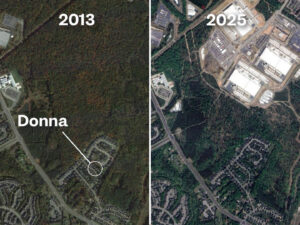
For example, in Prince William County, homeowner Carlos Yanes lives just 1,200 feet from several Amazon data centers. He spent nearly $20,000 on new windows to reduce the constant noise and vibrations from the facilities. Amazon replaced its exhaust fans with taller models to lower sound levels, but residents say they still feel the rumble through their walls. The company says it’s operating well below required noise limits.
Nearby, in another neighborhood once surrounded by nature, Google began construction in 2021. By 2025, several facilities were up and running. When land meant for new homes was rezoned to allow additional data centers, locals—including resident Donna Gallant—fought back in court. Their lawsuit was dismissed twice, once in 2024 and again this year.
A Nationwide Surge
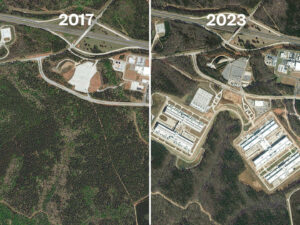
The rapid expansion isn’t limited to Virginia. Data centers are springing up across the country:
- Georgia: Meta operates massive data centers in Stanton Springs.
- Wyoming: Microsoft runs the state’s largest facility in Cheyenne, consuming an estimated 84,725 megawatt-hours annually.
- Arizona: Microsoft has approval to use up to 3 million gallons of water per day at its Goodyear facilities.
Utility customers in at least 41 states have already seen, or will soon see, higher energy and gas bills—driven in part by data center demand.
A Thirst for Water in Drought Zones
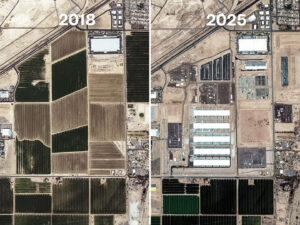
Much of this expansion is happening in drought-prone areas, raising red flags. Data centers traditionally rely on large volumes of water to keep computer chips cool. According to the World Resource Institute, 40% of planned or existing U.S. data centers are located in regions facing high or extreme water stress.
Major tech companies have pledged to offset their water use:
- Microsoft consumed nearly 2.1 billion gallons of water in 2023—a 22% increase from 2022—but says it will be water positive by 2030.
- Amazon has made the same pledge.
- Meta, which has over a quarter of its data centers in high-stress areas, aims to return more water to the environment than it uses by 2030.
- Google has committed to replenishing 120% of its water consumption by that same year.
Data centers have become the physical backbone of the AI revolution—but their growth comes with complex trade-offs. As they reshape landscapes, communities, and natural resources, the question isn’t just how big this boom will get—but what it will cost.
Source: Business Insider

